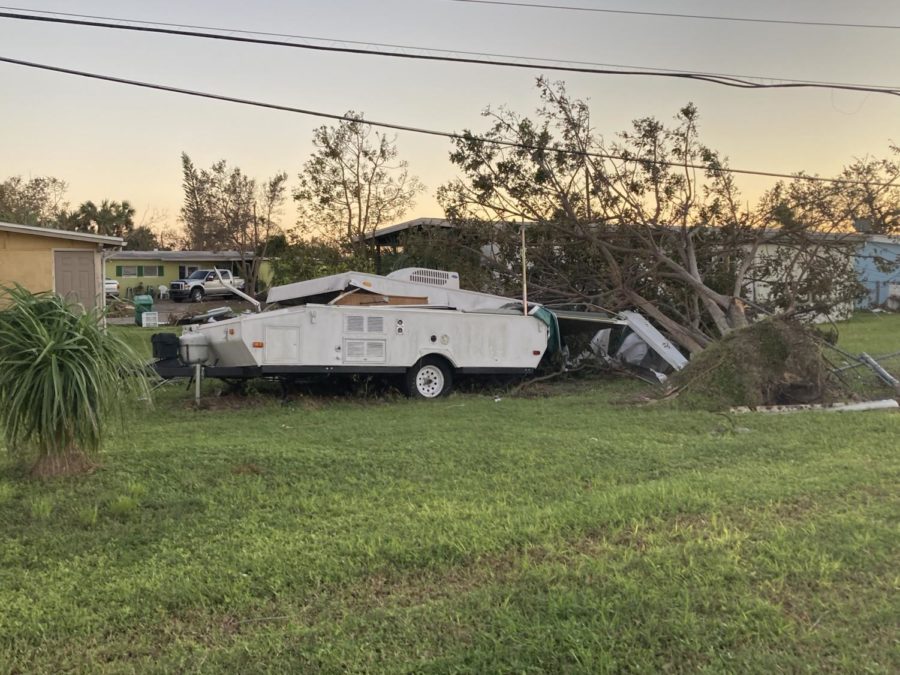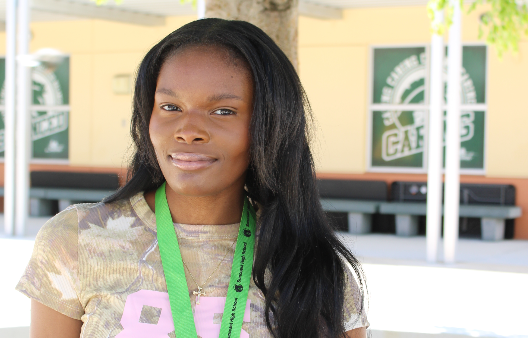Hurricanes and Their Description
The effects hurricanes have on minorities and people of color.
January 26, 2023
Fort Myers, Florida is located in the southwestern part of Florida and is home to Florida’s most beautiful beaches, architecture, and history. However, Fort Myers was sadly hit by Hurricane Ian on September 2, 2022, with speeds up to 150 miles per hour; Hurricane Ian was one of the deadliest hurricanes to strike Florida since 1935. Ian had more than 150 fatalities and hit mostly the Bahamas and the Fort Myers area. The damage that Ian inflicted on Fort Myers was, and still, is very devastating. The hurricane caused more than $5,000 to $30,000 dollars in housing damage and more than 50 billion dollars in total damages.
Nonetheless, Hurricane Ian is not the first hurricane to cause significant fatalities and damage. “Hurricane Katrina lasted between August 23 to the 31 and caused over 97.5 billion in damages and 1,392 in fatalities,” according to CBS news. With both hurricanes causing millions in damage, many minorities are left stuck as they tend to live in areas where issues such as poor air quality, pollution and gas leaks usually occur. “African American and low-income communities are disproportionately affected by air pollution in the United States,” as stated by Princeton.edu.
“I felt sad, because many property and houses were destroyed and it also resulted in many issues primary with transportation, I saw that there were trees on the ground and traffic their wasn’t working at all so the military was called their to manage traffic,” as stated by freshman IB student Gianni Gonzalas who was volunteering in Fort Myers.
In addition, countless minorities may not have the same resources as others may have to restore themselves after such a massive natural disaster. “Minorities or low-income families do not have the resources to rebuild their homes,” according to Newsome.com. This is causing many minorities to live in broken-down houses with no running water or electricity with two-six inches of flood water after the storm. This is saddening, especially since most of these homes have young children going to school and parents having to work. “We have no idea how we are going to go through this situation and be organized because we have been dealing with a lot,” said Santiago Enriquez, a sixth grader at Lexington Middle.
With this predicament, many kids and families are having a hard time moving forward and are needing assistance from the government, but how are they really helping? “The assistance and the supplies are necessary, local black leaders say, because state-led relief efforts so far appear to be focused on wealthier, white communities and not on Black communities,” as stated by the Palm Beach Post. This goes to show how people living in low-income households that were and still are affected by hurricanes are and are not seen as a priority in the media, but if they were to live in richer neighborhoods they would be the top priority. The act of not helping minorities or people that live in low-income households is a perfect example of discrimination.
“Government buyout programs pay households based on lost income, so richer survivors get more funds,” according to Guardian.com. Even with the loss of damage, people with more wealth tend to get higher benefits including more in income, while natural disasters leave minorities left in destroyed properties and deeper in poverty, oftentimes leaving people without a home. Underprivileged are denied statements from the bank or Federal Emergency Management Agency assistance, not allowing them a chance to rebuild or gain back the finances that were taken away from them by the storm. “U.S. Federal Emergency Management Agency to people whose homes were damaged by hurricanes from 2005 to 2016 found that inspectors were less likely to visit areas with more Black residents,” as stated by Newsome.org.
As hurricanes continue to hit areas where people of color and low-income people live, many are left in a place of uncertainty, unsure of how to protect themselves and their families. We are going to have an increase of seven major natural disasters in the next ten years as the climate continues to increase,”as stated by NPR.com. This can lead to more brutal challenges and “Racial minorities in the United States will bear a disproportionate burden of the negative health and environmental impacts from global warming,” as recorded by the Washington Post. Not only do hurricanes affect minorities, they are also affected by tornadoes, snowstorms, earthquakes and many more. As the increase of these natural disasters continues, so will the increase in homelessness, poverty and the loss of life.








